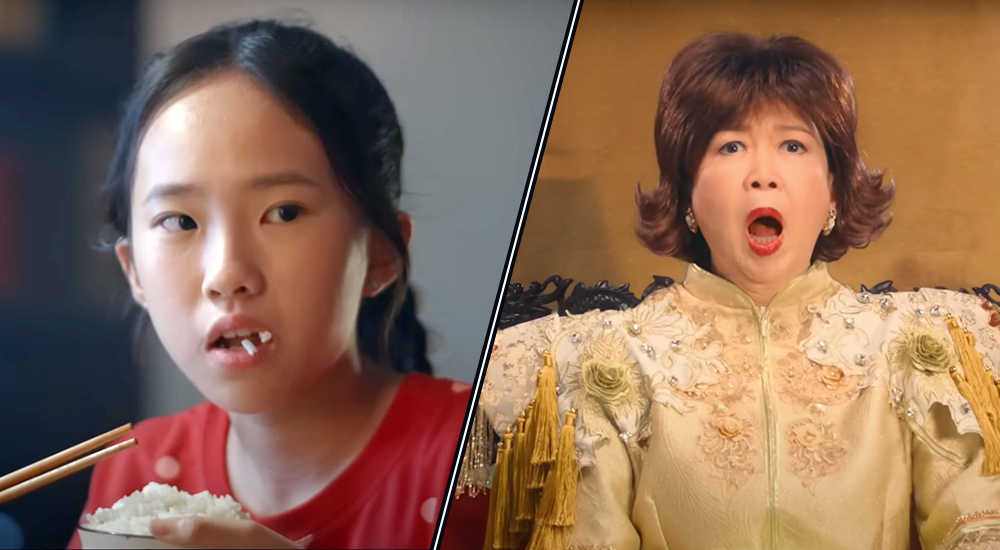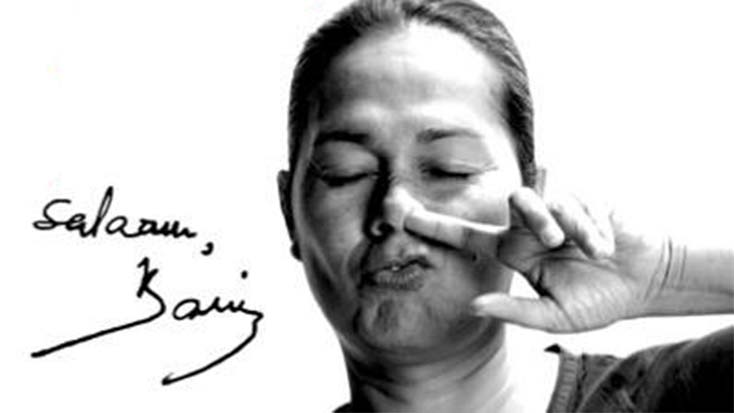Lion dances might have been BANNED once in Malaysia during the 80’s. Here’s why.
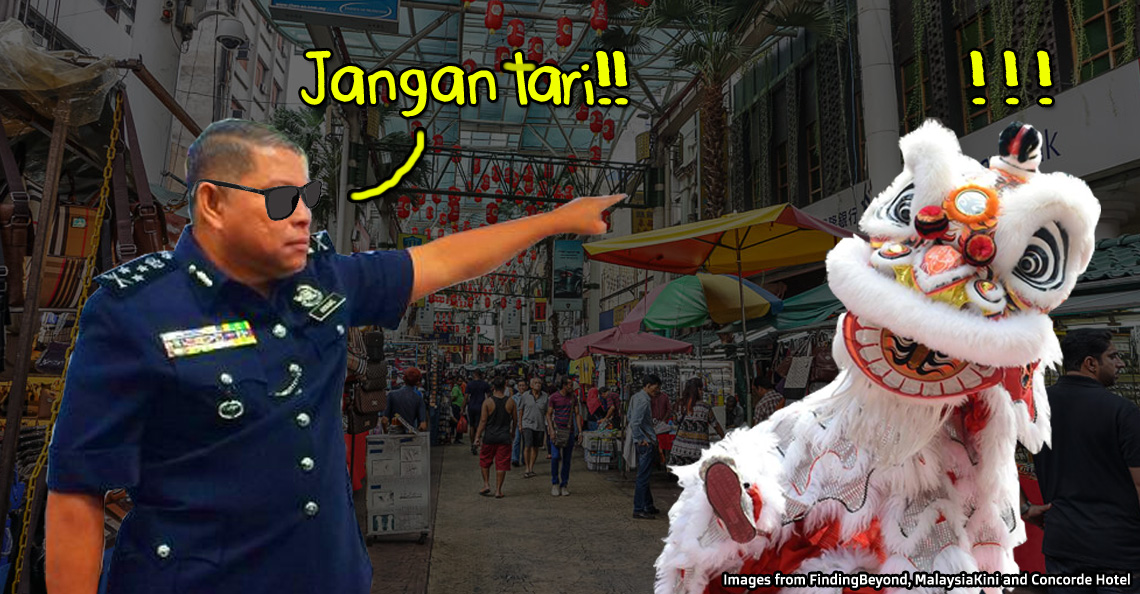
- 1.3KShares
- Facebook1.2K
- Twitter11
- LinkedIn13
- Email17
- WhatsApp60
[This article was originally posted in January 2020, but we made a small amendment to one of our points in blue]
Alright boys, hope you’ve got your cabbages ready because it’s time to get your tong tong tong chiang on!
In case you dunno what that’s about, it’s time for Chinese New Year again! Besides ads from feng shui masters and aunties asking your mom if you’re the creative type, Chinese New Year also brings a lot of other festive things, like firecrackers and having pieces of yee sang in your hair. But perhaps none of these things are as iconic as mandarin oranges lion dances, where two very athletic people dress up as a lion and jump about on poles, before finally munching on a cabbage (and hopefully ang pow as well).
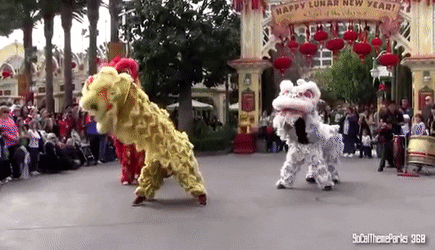
Really, there’s nothing quite like a lion dance for Chinese New Year, and even the most ignorant person to pass by a lion dance performance in a shopping mall will know it’s CNY and have “Choy San Dou, Choy San Dou” stuck in his head long after he’s gone home. Or any of these songs.
Lion dances are so synonymous with CNY and so associated with the Malaysian Chinese culture that the younger generation might be surprised to know that there was a time in the not-so-distant past when it was banned from being performed in public. No, it’s not because it’s dangerous or something like that, but rather…
It was a time when we’re trying to come up with a Malaysian culture
If you ask anyone what we got out of the 13 May 1969 incident, chances are they’ll mention the New Economic Policy (NEP). But a lot more came out of the racial riots, and among them are the Rukun Negara, a Department of National Unity, and provisions to slap anyone who questions the Constitution’s ethnic stuff with the Sedition Act. But perhaps the most controversial one, a national policy regarding what the Malaysian culture should be.
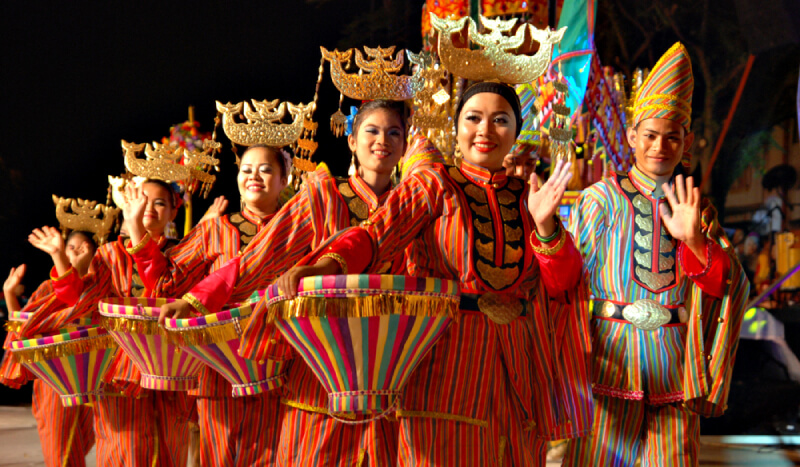
In the making of that policy, the government sponsored a National Culture Congress back in 1971, and it was attended by about a thousand invited participants, mostly Malays. According to the National Department of Culture and Arts, a policy for a national culture will help set the tone in forming a national identity to present to the world, besides creating a Malaysian lifestyle… whatever that is.
After considering Malaysia’s historical role as a meeting place for various cultures through trade for the past two thousand years, the Congress came up with three principles around which the national culture will be built:
- Malaysia’s culture will be based on the culture of the indigenous people of the area, which includes places with a Malay civilization or culture.
- Cultures from outside the Malay world may be considered as part of the national culture, as long as they don’t clash with the constitution, the Rukun Negara, national interests, and common moral and spiritual principles, especially the national religion which is Islam.
- Islam will be an important element in forming the national culture.
At the risk of oversimplification, the National Culture Policy basically plans to build a national cultural identity that’s both Malay- and Islam-centric. This policy was mainly carried out through the Ministry of Culture, Youth and Sports, and in the beginning the only effect was the alteration of traditional Malay arts to conform to Islamic principles. Funding was also given to the Malay arts as well as a Western-style orchestra.

Other non-Malay forms of art had to rely on private sponsors, but no biggie. Basically, Chinese Malaysians and their lion dance didn’t react much to this new policy at first. At that time, MCA leaders were still scrambling around trying to address problems related to Chinese unity that they discovered during the 1969 elections. The arrest of two Chinese politicians under the new Sedition Act then gave Chinese Malaysians even less reason to speak out against the new policy.
The lion dance wasn’t given much attention until it became famous from a certain event, but it had been said that…
The lion dance is too foreign to be accepted as a Malaysian culture
In the early years of the National Culture Policy, there wasn’t much interest among Chinese Malaysians in whether the lion dance is part of Malaysia’s culture or not. That soon changed in 1974, when lion dancers welcomed Tun Abdul Razak, the Prime Minister then, with a performance on his return from his trip from China. It was a pretty big affair back then, since Tun’s visit to China marked new diplomatic ties between the two countries.
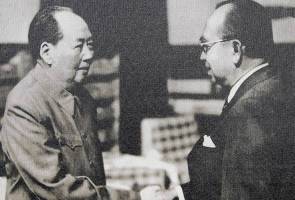
This sort of put the lion dance in the spotlight, and interest in the lion dance grew. Several prominent Chinese cabinet ministers and politicians showed their support towards the Selangor Federation of Lion Dance Associations over the next two years, and they began to request for the lion dance to be recognized as part of the national culture.
However, in May 1979, Tan Sri Ghazali Shafie, then the Home Affairs Minister, had declared at a seminar that foreign cultural elements in the Chinese lion dance could never be accepted as part of Malaysian national culture. Since the lion dance is a foreign dance that reflects the characteristics of another culture that grew outside the region, it would hinder the formation of a national Malaysian culture.
“Not only are these elements incongruous to the environment here but their propagation is a hindrance to the emergence of a national culture… They are no longer functional in their present context and serve only as emotional crutches for the sentimental few.” – Ghazali Shafie, as quoted in “The Shaping of Malaysia“.
Unless, of course, some changes were made. Ghazali had proposed that the lion dance be changed to a tiger dance, since tigers are more Malaysian. He also suggested changes to the music to make it more Malaysian, by using instruments like gongs, tablas, gamelans and flutes.

We guessed people didn’t take up that remix, and while we’re not sure how it happened, it was said that the lion dance was banned from being performed in the public (except during Chinese New Year) from 1982 to 1990. We’re also not quite sure if it was really banned or just subject to the need for a police permit like many other non-Malay cultural shows at the time, but most of the little sources we found used the word ‘banned’.
[UPDATE 31 Jan 2021: While we still can’t find the exact document that confirmed it was banned, a news summary from 1979 mentioned that the Home Minister at the time, Tan Sri Ghazali Shafie, had came out and said that the Government had not banned the lion dance, but rather ‘disallowed all forms of processions’ including those involving the lion dance, saying that they could affect public order. This was in response to another MP asking whether the government would lift the ban on the lion dance procession in Kuching.
So while we’re still unsure whether there’s a proper ban in place, we at least know that there was a perception of the dance being banned in the 1970-90s, and it was a big enough issue to make its way to the Parliament. But regardless on whether there’s an actual formal ban in place…]
It was later lifted as Malaysia shifted policies
Based on your recent visit to the shopping mall, you’ve probably gathered that the ban on lion dance is no longer in effect, but how did that happen? While we do know that it happened in the early 1990s, we couldn’t find an explicit report or article that detailed exactly how. But it may have something to do with a general policy shift. Malaysia had been very ambitious in the early 1990s, and that gave us the Vision 2020 and a shift towards multiculturalism.
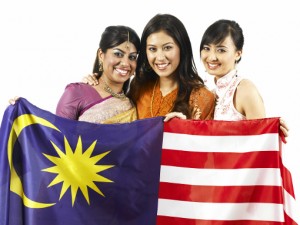
Tun Mahathir, the Prime Minister then, had came up with the Bangsa Malaysia policy, which aimed for Malaysians to be “able to identify themselves with the country, speak Bahasa Malaysia and accept the Constitution”. While it did come with a fair amount of criticism, this marked a shift in Malaysia’s culture goals moving away from the National Culture Policy, from identifying as Malay and Islamic culture to identifying with the country.
According to one source, despite the lack of official recognition, people just kept performing the lion dance throughout the 1990s with minimum government interference, and the issue eventually slipped away from public debate. Another uncited Wikipedia article mentioned that Tun V. T. Sambanthan, who was Minister of National Unity at that time, discussed the matter in Genting with some Chinese leaders, and the ban was later lifted after the government realized the importance of maintaining each other’s culture. While the Wikipedia one may or may not be true, we’ve included it nonetheless to give a rough idea of what may have happened.
Regardless of which version is correct, today lion dances can be performed at any time of the year, although you may still need a permit since they may involve donation collections. Lion dances today are enjoyed by Malaysians regardless of race, and without the need of gamelan music in the background.
If you enjoyed this story and want more, please subscribe to our HARI INI DALAM SEJARAH Facebook group ?
- 1.3KShares
- Facebook1.2K
- Twitter11
- LinkedIn13
- Email17
- WhatsApp60


